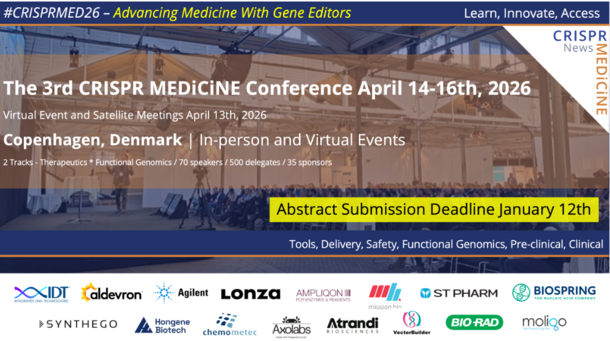Human Papillomavirus-HPV persistent infection is the major causal factor of cervical intraepithelial neoplasia (CIN) and cervical cancer.
Genital human papillomavirus (HPV) is the most common sexually transmitted infection in the United States. More than 40 HPV types can infect the genital areas of men and women, including the skin of the penis, vulva (area outside the vagina), and anus, and the linings of the vagina, cervix, and rectum. These types can also infect the lining of the mouth and throat.
HPV types are often referred to as “low-risk” (wart-causing) or “high-risk” (cancer-causing), based on whether they put a person at risk for cancer. When the body’s immune system can’t get rid of a high-risk HPV infection, it can linger over time and turn normal cells into abnormal cells and then cancer.
Two HPV types (16 and 18) cause 70% of cervical cancers and pre-cancerous cervical lesions.
